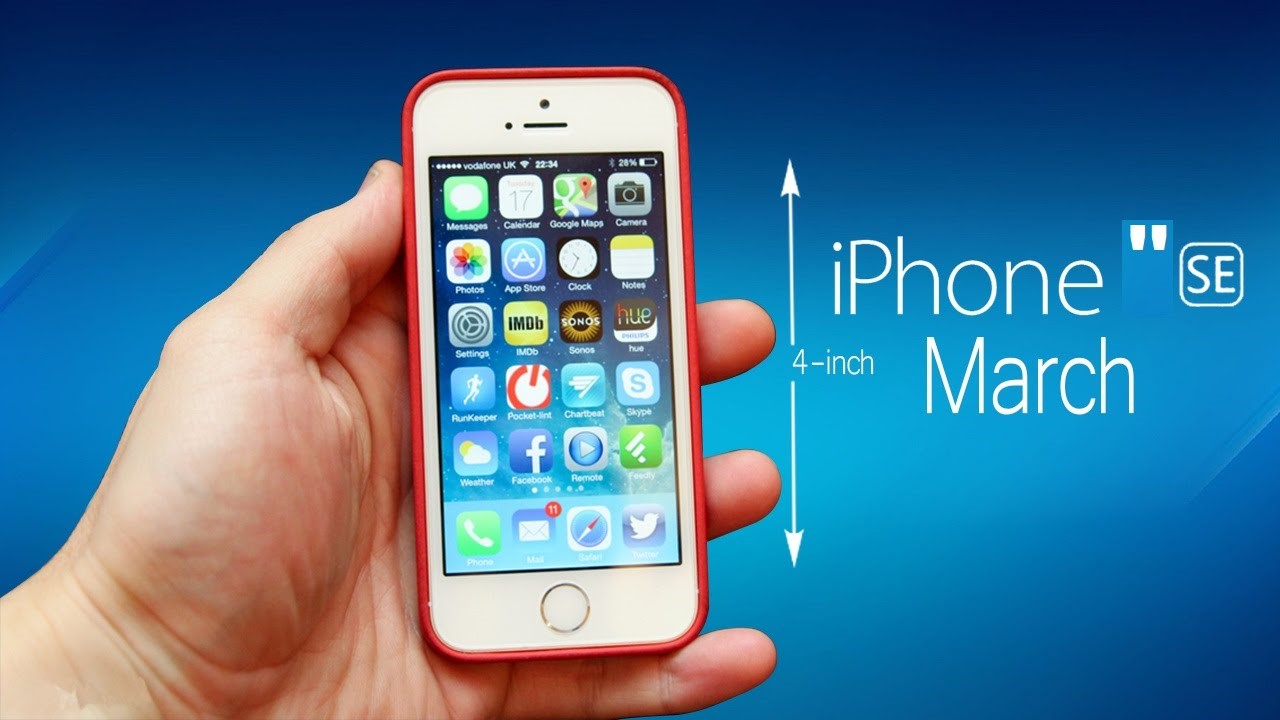
Irony has come full circle, with small phones emerging as the latest definition of “blast from the past.” As many of you may have read last week, Apple unveiled the latest iteration of the iPhone to be a four-inch device called the iPhone SE. The announcement came as a surprise, given that the Cupertino-based company has been steadily increasing the length of its phones for the last couple years. Within a few days, pre-order figures from China racked up more than three million. The question then becomes: why are small phones coming back in style?
To best understand the reason, we must take into account the iPhone’s overall contribution to Apple’s bottom line as well as the worldwide phone market. Greg Joswiak, Apple’s head of marketing, explained during last week’s keynote that the tech giant sold 30-million 4-inch iPhone 5s in 2015, out of its total 231.22 million iPhones sold that year—indicating there’s an obvious market for smaller phones continues to exist.
In fact, the first quarter of 2015 closed with Apple’s highest profit margin ever, earning 18 billion dollars in pure profit. Investors were grateful but cautioned that the company over-relies on iPhone sales to generate profit as much of it stemmed from the company’s smartphone sales.
Global market research firm IDC suggests that as more customers transition to smartphones, traditional markets will become increasingly saturated, making it difficult for Apple to sustain a consistent double digit profit. Instead, the company must expand its market in developing countries by creating a new budget friendly product outside of its premium iPhone models.
“With heavy saturation in many mature smartphone markets such as the US, Europe, and China, many vendors have placed a renewed focus on pushing premium-looking mid-tier devices as a new value proposition to consumers in both developed and emerging markets, ” Anthony Scarsella, IDC’s research manager said in a statement in January.
The iPhone SE is just the kind of product needed to lower the cost of entry and attract first-time buyers in India and China who’ve previously been put off by the iPhone’s luxury price tag. Once new customers are acquired, then it’ll be easy to integrate them into a larger ecosystem from where Apple can derive some real profit—it earns 75 percent of app economy revenue.
Apple views the iPhone SE as a segue into a much larger market, from where it can up-sell tablets, laptops, OS, and other items, considering that 10 percent of American homes own five or more Apple products. Also, the iPhone SE will help the company hedge its market share against competition from Chinese tech companies Lenovo, Huawei, and Xiaomi.
Source: TNW
Advertisement
Learn more about Electronic Products Magazine





